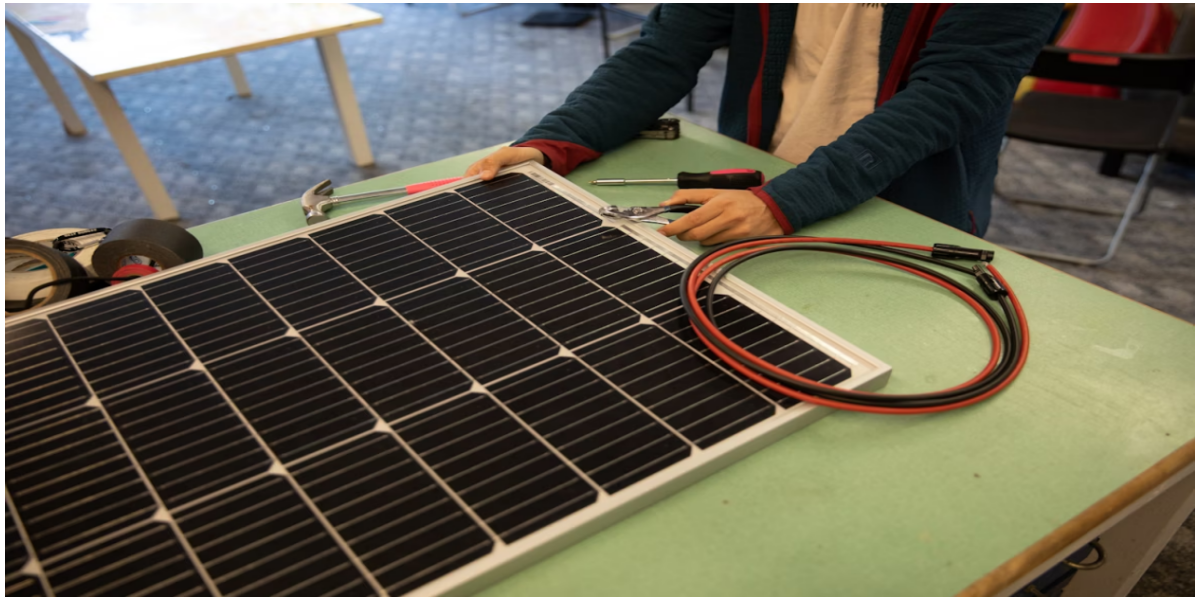Solar Energy Battery Storage: Can You Confidently Predict Your Returns?

For many potential investors, the real returns and payback periods of solar energy battery storage projects remain unclear. Is it four years, eight years, or even longer?To calculate returns, we must first look at the main revenue streams. Storage does not earn only from “charging and discharging.” Its value comes from several areas:
Energy solar energy battery storage projects generate revenue through several channels. The most direct is peak-valley arbitrage. Systems charge when prices are low and discharge when prices are high. Profit depends on local price gaps, time-of-use rules, and policy support.
They can also provide ancillary services, such as frequency regulation, peak shaving, backup, and voltage support. These services help stabilize the grid. With electricity market reforms, their value is growing.
In some regions, storage can earn capacity leasing or payments. Systems receive fees for making capacity available, even when idle.
Finally, through demand-side management, solar storage helps businesses cut peak demand and reduce capacity charges. This may not create direct cash flow but lowers costs and improves overall efficiency.
The payback period is not fixed. It depends on several factors:
- Capital costs (CAPEX): Equipment, installation, land, and grid connection. Falling battery prices are improving project viability.
- Operating costs (OPEX): Maintenance, replacements, losses, insurance, and labor. Good management helps control these.
- Utilization rate: More cycles bring higher income but also faster battery wear.
- Prices and policies: Power price swings, peak-valley gaps, subsidies, and tax rules directly shape returns.
- Location and grid access: Regional pricing, grid rules, and connection costs can make or break a project.
When evaluating project returns, investors need clear financial models and careful risk assessments. This helps them understand energy storage returns and make more confident investment decisions.
#Energy storage ROI#Energy storage payback period#Energy storage investment#Energy storage project economics

